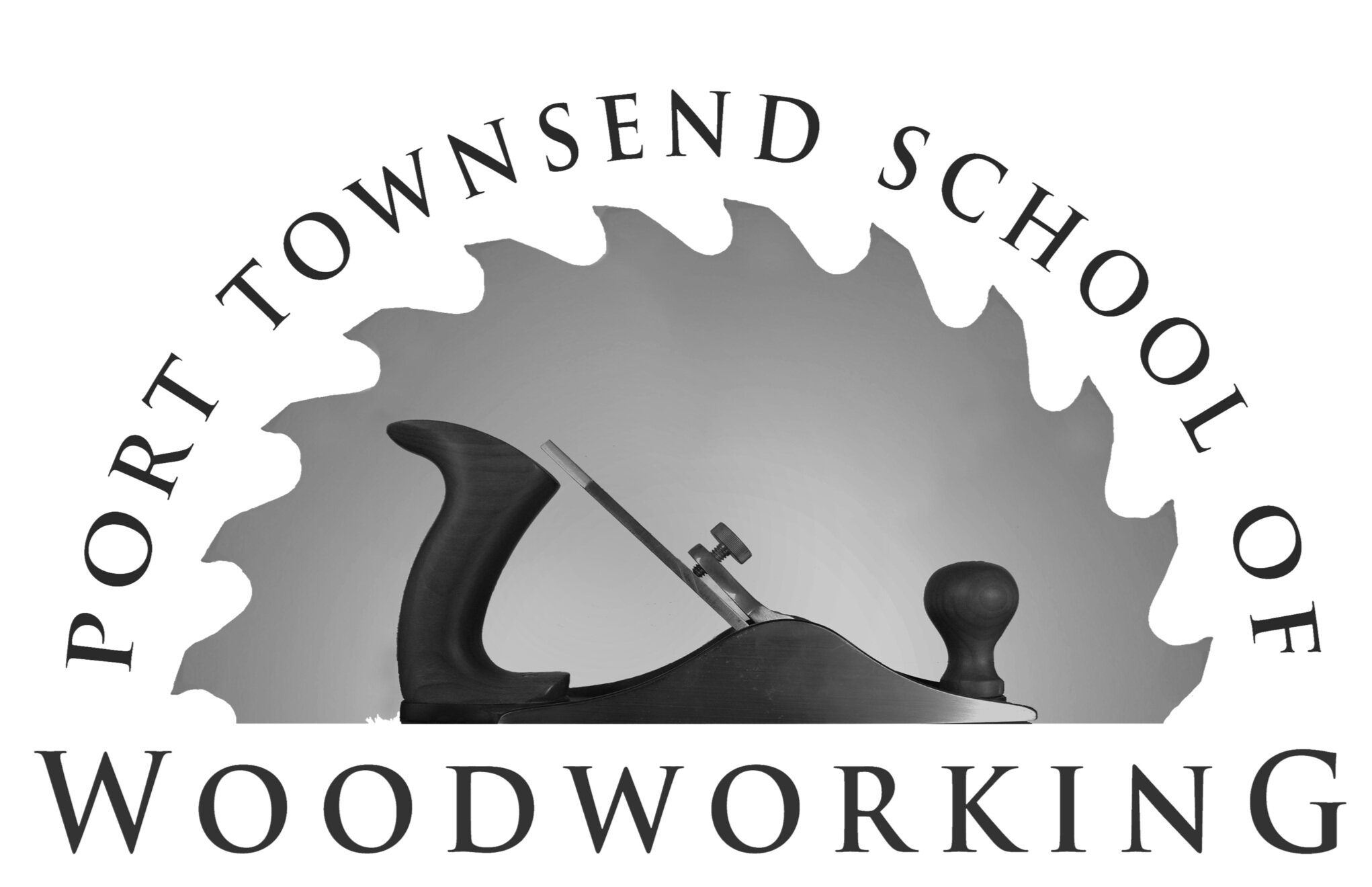Quandaries in Simplicity
There is an elegance in simplicity not evident to the idle bystander.
A bit of wisdom a philosophy professor tried to impart to my 18-year old soul some thirty-plus years ago. Being 18, and already in firm grasp of everything there was worth knowing, I ignored the observation. Philosophy was something you took to impress your parents and fellow students. No one—I suspected—was actually planning on learning from the thoughts of dead men.
None too surprisingly, I was batting shy of .500. That is to say, of every pitch, I was missing more than 50 percent of the lesson. Took me a long time to realize that the longer one attends school the less you actually “know.” Oh, I am fully aware of that which will always befuddle my imagination—go see “The Martian” or try to figure out why Canadians celebrate Thanksgiving a full six weeks ahead of us in the lower 48. All a mystery to me. But worth your time contemplating.
Thinking of Thanksgiving, I am watching the master chefs at work on a pair of pumpkin pies while I scribble away on this set of observations. The multi-generational cooking team started back with the basics—a pie crust—and has worked forward. All looks easy until you realize just how much effort is involved. Crust must be properly rolled, pumpkins baked, cleaned, and seasoned. Then there is that time in an oven. All dark arts requiring patience, practice, and skill. Just like our indulgence in sawdust.
A long introduction that brings me back to woodworking. I have spent a week relearning skills my father tried to impart back when I was supposedly impressionable. That would be about age 12 for us Baby Boomers—and 8 for the Millennials. This younger generation has an attention span that either belies an incredible learning curve—that is, they absorb knowledge a lot faster than us old people—or a complete lack of attention compensated by immediate access to a cell phone and the internet. Who needs to learn when you can look up the answer at a spur of the moment?
This works for trivial pursuit, but is not terribly functional in a workshop. Google will not save you from the chisel, plane or saw. Nor will Google keep you from having to measure or contemplate the grain of planks at hand. The latter skills have proven abundantly useful, as I am trying to relearn the art of joining planks absent the presence of Mr. Edison. You remember Mr. Edison, the man who brought electricity to the masses? I know, I know.
Electricity is hardly a new invention. (I did read about Ben Franklin trying to fry himself with a kite.) The trick is Edison brought us electric utilities and subsequently the power necessary to drive a band saw, drill press—and, my favorite—the table saw.
Joining planks became a lot simpler when one could simply select the right timber, set saw depths and ensure a table fence was set at proper distances from a spinning blade. Half laps, mitered joints and even dove tails come out in a manner of minutes. Corners are normally square, joints are level, and leftover material gets cleaned out with an extra pass over the saw. Simple—relatively speaking.
Now try doing the same using a Japanese cross or rip saw, chisel and plane. Keep the surfaces flat and all abutting surfaces tight for aesthetic purposes.
Good thing 1x4 white pine is cheap. Somewhere in the week I have managed to sacrifice about 16 board feet in an effort to relearn the simple skills our predecessors used every day to manufacture furniture we all now treasure.
My draw on a Japanese saw is now straight and clean. The paring with a chisel is decent—much more practice to come—and the plane irons are sharp and properly adjusted. All skills that bespeak simplicity, but demand significant attention. The results are elegant—the process is less than simple. Ah the art of learning craftmanship.
My goal for the next week? Make the bevels necessary to read an angle and then translate same to a gauge that allows development of plans sufficient for others to replicate my expenditure of Mother Nature’s resources.
Off to a Canadian Thanksgiving—I hope they have turkey and we get to eat some of the pumpkin pie now cooling on a kitchen counter above the dog’s reach. Meanwhile, I think I am ready for a dinner conversation, every sentence falling from my lips now ends with “eh.”
Eric Anderson is a retired Air Force officer who can be found puttering in his shop when not scribbling on the keyboard. A new resident of Port Townsend, he is an avid sailor, struggling carpenter, and would-be writer.


